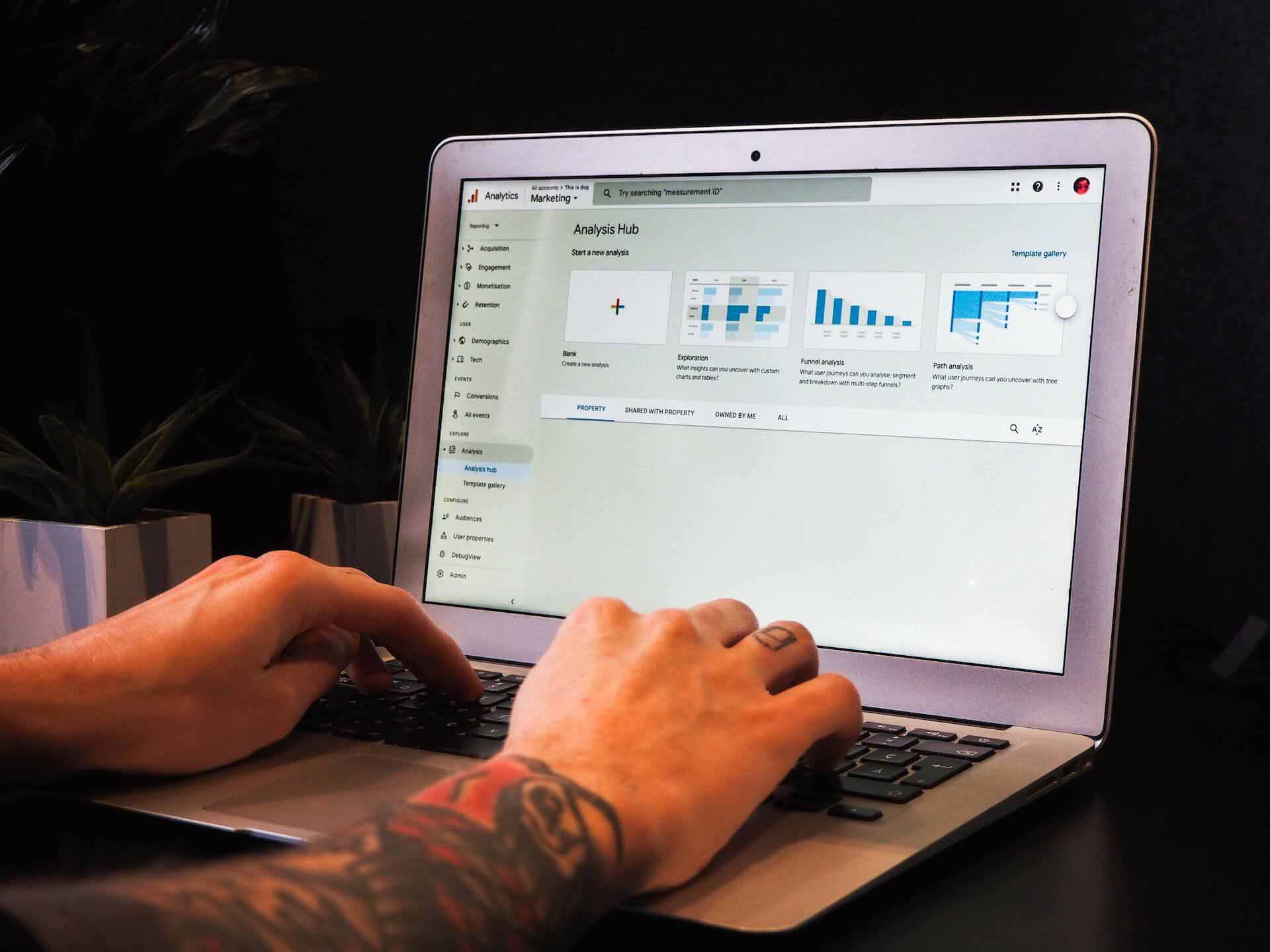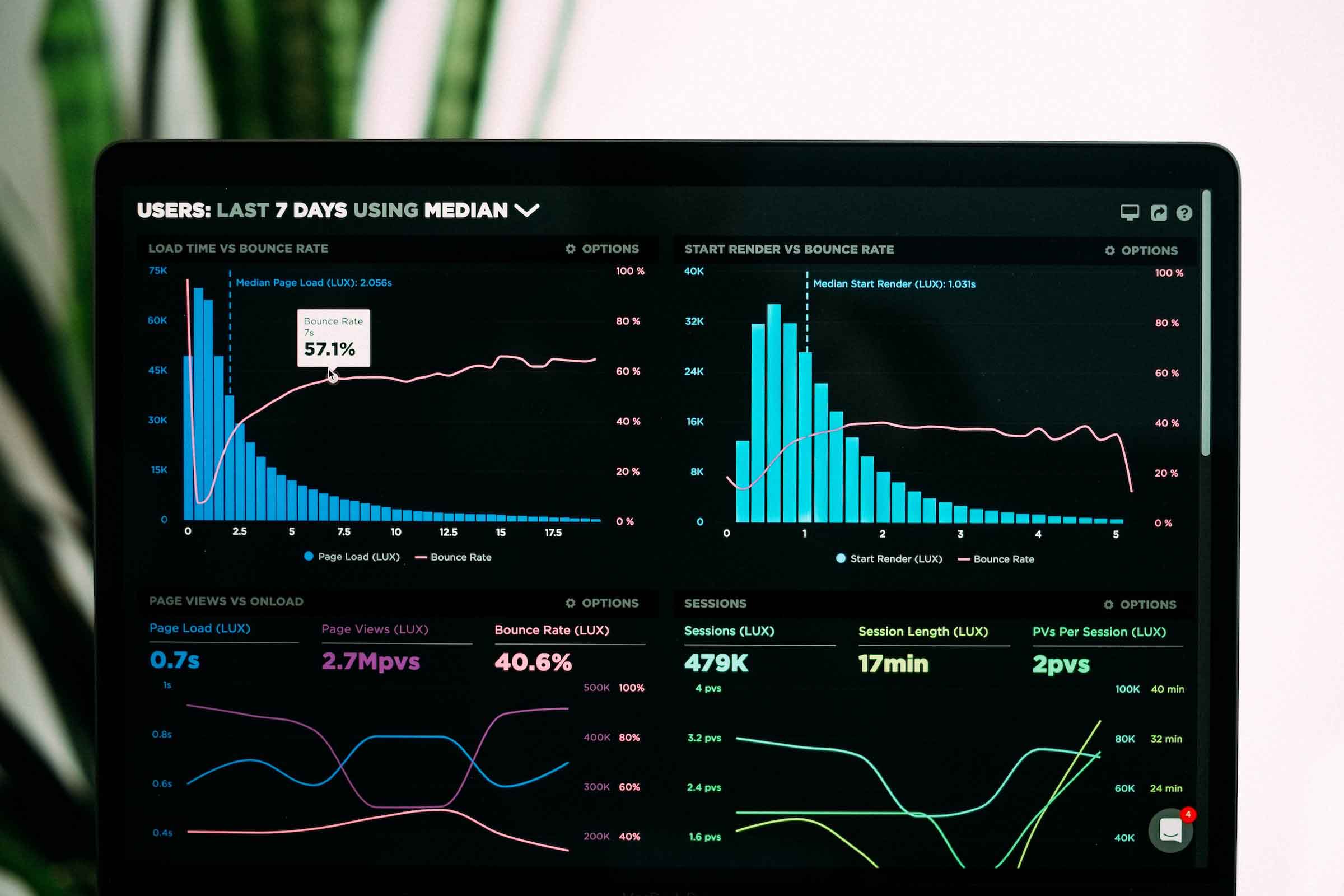Introduction
The Conversion Rate Optimisation (CRO) landscape has evolved dramatically since its inception, emerging from the wake of the dot-com bubble burst to its current state as a vital component of business today.
Throughout our tenure as a CRO agency, we’ve witnessed and embraced these changes to help our clients create engaging user experiences, driving better business outcomes. So, join us as we take a walk through the origin of CRO, its evolution, and the current state of the ever-changing industry.
CRO’s Origins – Where have we come from
Like a phoenix from the ashes, early CRO practice emerged as a response to the challenges faced by e-commerce marketers in the remnants of the dot-com bubble burst in the early 00s. Surrounded by online businesses going under, surviving companies were forced to rethink their strategies and optimise website performance to stay afloat in an increasingly competitive marketplace.
During this period, the importance of web usability became evident, and with it, a myriad of web analytic tools became available. Access to this new data, website owners began to shift their focus from simply driving traffic to their websites to providing more measurable results and prioritising user experience.
However, it wasn’t until later we began to see the rapid uptake CRO.
It was with the release of Google Website Optimizer in 2007 that CRO really found it’s stride, adopted on-mass and growing by the day, website owners were enabled to increase conversion rates and improve website design.

The evolution of CRO
CRO has evolved through many key milestones and transformations over the years, progressing from optimising individual website elements through to focusing on user experience more holistically. Here are just a few of the key milestones and key transformations that have shaped CRO’s evolution:
Emphasis on user experience – The early days of CRO could be characterised by an infantile focus on optimising specific website elements, such as call-to-action buttons and headlines. These quick wins were an excellent starting point but quickly exhausted, after all how many times can you change the colour of a button? As user experience took centre stage, CRO began it’s shift towards creating seamless, user-friendly experiences across entire websites.
The data revolution – At the dawn of CRO, tests often relied on gut instinct or anecdotal evidence. However, with the introduction of advanced web analytics tools and the increasing importance of data, CRO has transitioned to become more evidence-based and data-driven. Modern CRO practices involve extensive data analysis, AB testing, and other quantitative methodologies.
A multi-channel expansion – CRO today is a practice spreading far beyond the website. With the emergence of new marketing channels, including social media, mobile apps, and email, today’s CRO professionals have had to broaden their horizons to ensure consistent optimisation efforts.
The coming of personalisation – Along with the evolution of CRO we have seen endless change in consumer expectations, CRO had to begin incorporating personalisation to better cater to individual users. By tailoring user experiences, CRO programs can create more engaging and effective user interactions, driving higher conversion rates.
The rise of AI and machine learning – With AI and machine learning technologies coming online within CRO, we are sat firmly on the precipice of the next stage of the industries evolution. From automated data analysis to generating insights and enabling more sophisticated CRO programs, these technologies will make it possible to test, iterate, and optimise various aspects of the user experience at rates never seen before.
An ongoing journey of CRO
The evolution of CRO has, so far, been a remarkable journey, from its beginnings in response to the dot-com bubble burst, to its current status as an essential component of business optimisation and digital marketing. As the digital landscape and consumer behaviour continues to evolve, so too will CRO techniques and methodologies.
At REO we are committed to staying at the forefront of these changes, continually adapting our strategies to help our clients create exceptional customer experiences, driving better business outcomes. The future of CRO promises to be exciting and full of new opportunities for growth and innovation.














